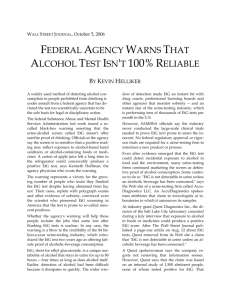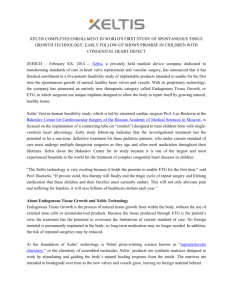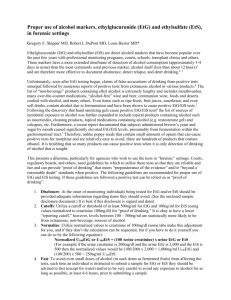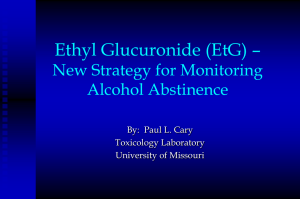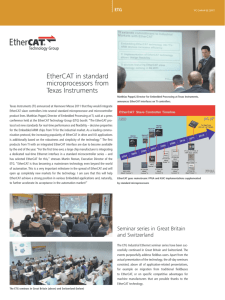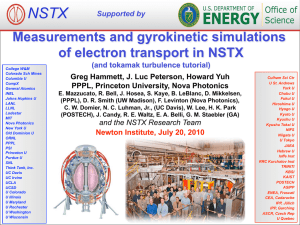Interindividual Variability in Ethanol Glucuronidation by Human Liver
advertisement
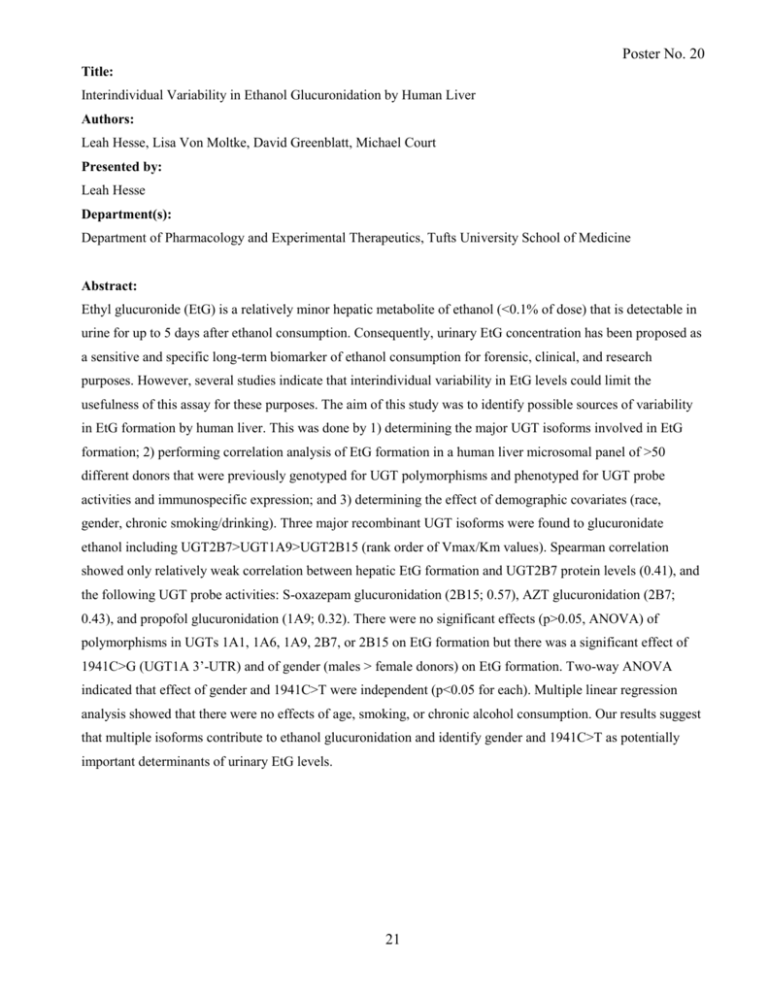
Poster No. 20 Title: Interindividual Variability in Ethanol Glucuronidation by Human Liver Authors: Leah Hesse, Lisa Von Moltke, David Greenblatt, Michael Court Presented by: Leah Hesse Department(s): Department of Pharmacology and Experimental Therapeutics, Tufts University School of Medicine Abstract: Ethyl glucuronide (EtG) is a relatively minor hepatic metabolite of ethanol (<0.1% of dose) that is detectable in urine for up to 5 days after ethanol consumption. Consequently, urinary EtG concentration has been proposed as a sensitive and specific long-term biomarker of ethanol consumption for forensic, clinical, and research purposes. However, several studies indicate that interindividual variability in EtG levels could limit the usefulness of this assay for these purposes. The aim of this study was to identify possible sources of variability in EtG formation by human liver. This was done by 1) determining the major UGT isoforms involved in EtG formation; 2) performing correlation analysis of EtG formation in a human liver microsomal panel of >50 different donors that were previously genotyped for UGT polymorphisms and phenotyped for UGT probe activities and immunospecific expression; and 3) determining the effect of demographic covariates (race, gender, chronic smoking/drinking). Three major recombinant UGT isoforms were found to glucuronidate ethanol including UGT2B7>UGT1A9>UGT2B15 (rank order of Vmax/Km values). Spearman correlation showed only relatively weak correlation between hepatic EtG formation and UGT2B7 protein levels (0.41), and the following UGT probe activities: S-oxazepam glucuronidation (2B15; 0.57), AZT glucuronidation (2B7; 0.43), and propofol glucuronidation (1A9; 0.32). There were no significant effects (p>0.05, ANOVA) of polymorphisms in UGTs 1A1, 1A6, 1A9, 2B7, or 2B15 on EtG formation but there was a significant effect of 1941C>G (UGT1A 3’-UTR) and of gender (males > female donors) on EtG formation. Two-way ANOVA indicated that effect of gender and 1941C>T were independent (p<0.05 for each). Multiple linear regression analysis showed that there were no effects of age, smoking, or chronic alcohol consumption. Our results suggest that multiple isoforms contribute to ethanol glucuronidation and identify gender and 1941C>T as potentially important determinants of urinary EtG levels. 21

